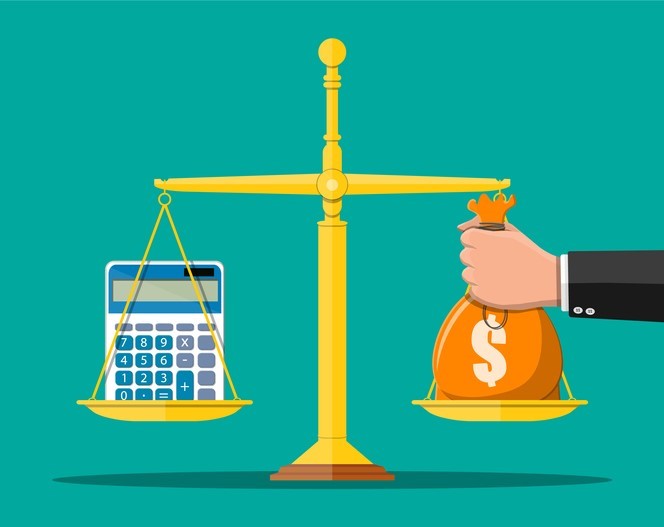5. Policy Implications
1) The Egyptian government should increase prudence at high domestic debt-to-GDP ratios. In
other words, it should constantly monitor debt levels before considering fiscal stimuli. When debt
is high relative to GDP, any expansionary effects of additional spending disappear (or even become
contractionary at worst). Thus, while the economy may expand in the short run, it is likely to
contract in the medium to long run. This reversal means that the government should get its debt
situation under control if its fiscal policy is to be effective.
2)
Our empirical results suggest that the Egyptian policy makers should target a domestic debt
level below or at the threshold value (81.5% domestic debt-to-GDP ratio). Historically, 47 out of
77 quarters of available data for Egypt’s domestic debt fall in the low-debt regime while only 30
quarters fall in the high-debt regime as seen in Figure 2.
3) The Egyptian government should coordinate with the Central Bank of Egypt. Fiscal-Monetary
Coordination in times of high debt could help stimulate growth despite the contractionary effects
of fiscal spending that we found. As shown in Table 2, we can see that lagged growth in money
supply (M1) is positively associated with real GDP growth in the high domestic debt regime for
the second lag (with statistical significance) and in the first lag (weakly). Thus, expansionary
monetary policy can lead to positive real GDP growth under high domestic debt regime without
the need for more debt accumulation through fiscal expansion.
11
Figure 2. Egypt's Domestic Debt in 2001 June - 2020 June
4) Our data shows a negative effect of economic policy uncertainty (EPU) on real GDP growth
(with statistical significance in low debt regime and weakly in high debt regime). This indicates
that risk management practices and innovative efforts to mitigate the negative consequences of
EPU could be of great benefit for the Egyptian economy in the time of crisis.
6. Conclusion
In this paper, we explore the relationship between expansionary fiscal policy and real economic
growth under different debt regimes. First, we test if the relationship between fiscal expansion and
economic growth is nonlinear and depends on the amount of domestic debt accumulated. To do
this, we search for a threshold effect employing Hansen's (2000) sample-splitting threshold
regression model. As a result, we establish that lagged fiscal expenditure leads to an increase in
real GDP in the low-debt regime (below 81.5% domestic debt-to-GDP ratio threshold) and that
fiscal expansion leads to adverse effects on real GDP under the high-debt regime (above 81.5%).
We further explore and test possible theoretical explanation for the findings such as Ricardian
equivalence hypothesis, the precautionary saving hypothesis, and the crowding out of investment
hypothesis. We conclude by discussing the policy implications of our results.
60.0
70.0
80.0
90.0
100.0
Jun-01
Jun-02
Jun-03
Jun-04
Jun-05
Jun-06
Jun-07
Jun-08
Jun-09
Jun-10
Jun-11
Jun-12
Jun-13
Jun-14
Jun-15
Jun-16
Jun-17
Jun-18
Jun-19
Jun-20
12
References
Addison, Tony, Kunal Sen, and Finn Tarp (2020): “COVID-19: macroeconomic dimensions in the
developing world”. World Institute for Development Economic Research (WIDER)
Working Paper Series, No 2020/74.
reference for whom interested in african economic issues and egypt in particular


